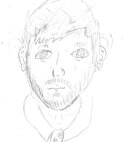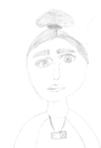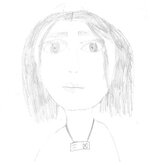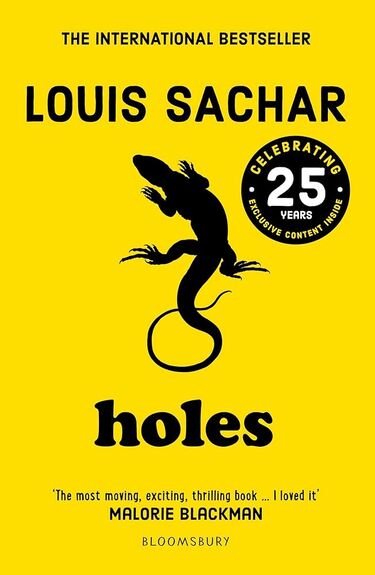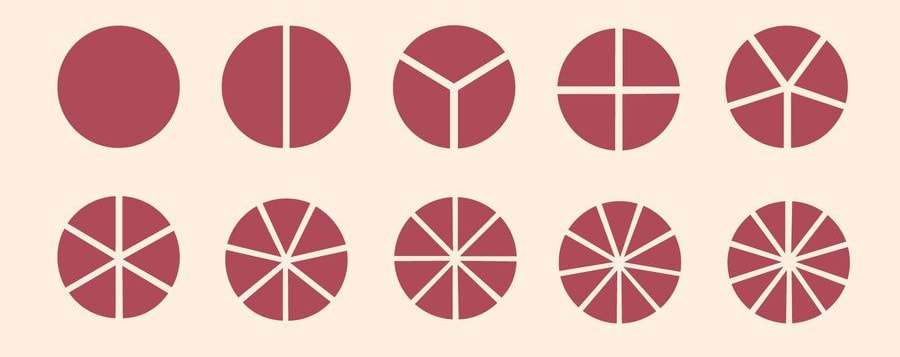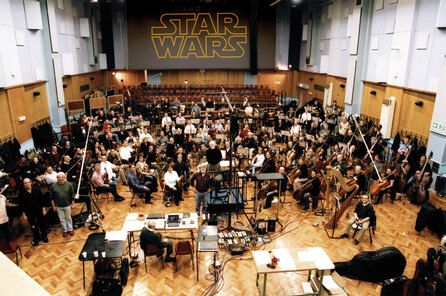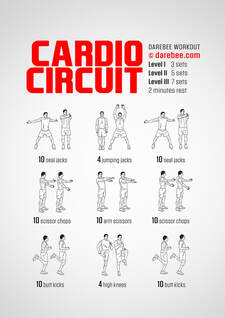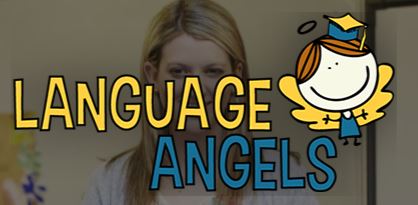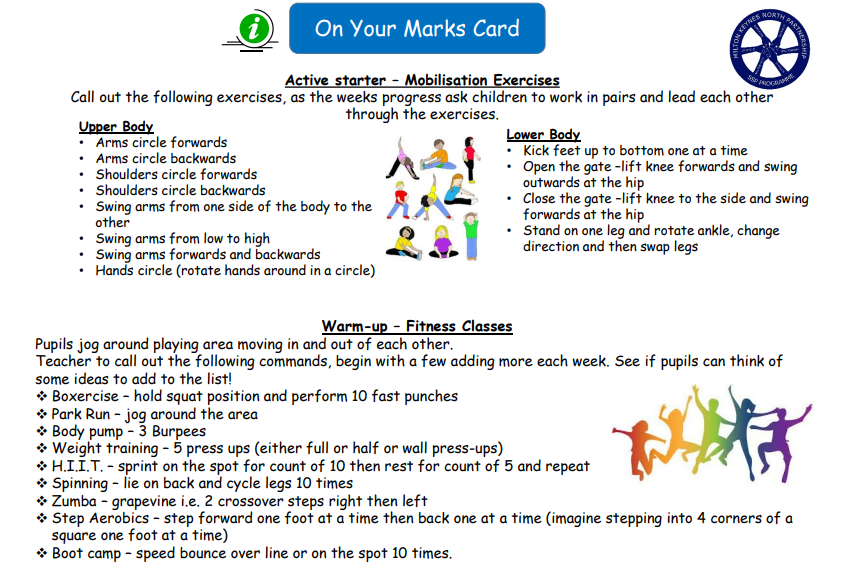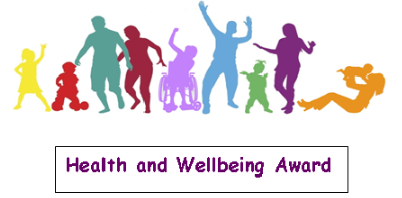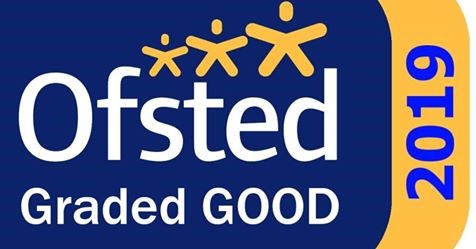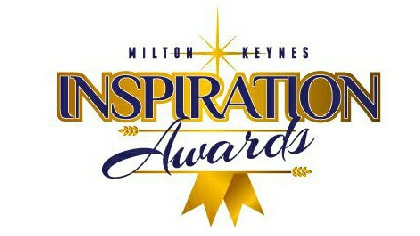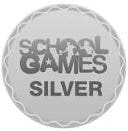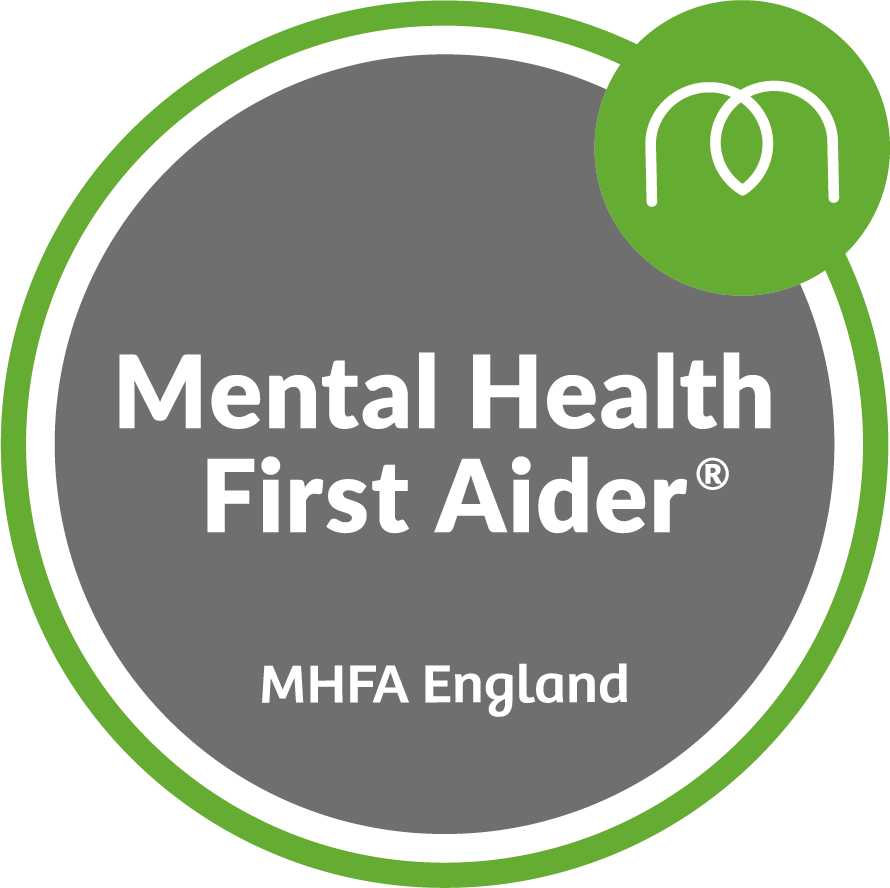Welcome to Year 6
ResourcesKey Dates |
This Half Term
Project - History - Who should go on the banknote? This half term we will be learning:
|
Suggested Activities to Support Learning
To support your child at home you could:
|
Writing and Reading - Holes Reading:
Using Holes, this half term we will be learning to:
Writing: This half term we will be learning to:
|
Suggested Activities to Support LearningTo support your child at home you could:
|
MathsThis half term we will be learning to:
|
Suggested Activities to Support LearningTo support your child at home you could:
|
ScienceThis half term we will be learning to:
|
Suggested Activities to Support LearningTo support your child at home you could:
|
ComputingThis half term we will be learning to:
|
Suggested Activities to Support LearningTo support your child at home you could:
|
Art - DrawingThis half term we will be learning:
|
Suggested Activities to Support LearningTo support your child at home you could:
|
Music - Film MusicThis half term we will be learning to:
|
Suggested Activities to Support LearningTo support your child at home you could:
|
RE - What is the Qu'ran? This half term we will be learning that:
PSHE - Dreams and Goals This half term we will be learning to:
|
Suggested Activities to Support LearningTo support your child at home you could:
Suggested Activities to Support LearningTo support your child at home you could:
|
PE
PE will be on Monday PM for all of Year 6. Then, Friday PM for Mr Feaver's class and Thursday PM for Mr Silvester's class.
Sports: Indoor Fitness Skills taught include:
French (MFL): Language Angels This half term we will be learning to:
|
Suggested Activities to Support LearningTo support your child at home you could take a look at the "mobilization" card (see above) that we will be using at the start of each of our PE lessons. Try to focus on purposefully doing every move with correct form (it's not all about speed!) Or have a go at the circuit workout on YouTube (adults can get involved too!)
To help at home:
|

